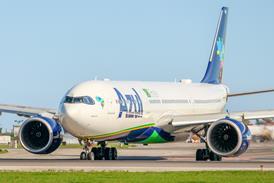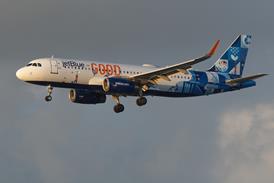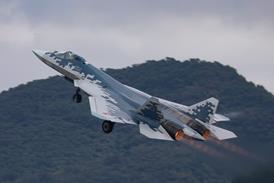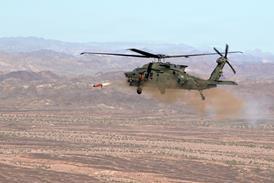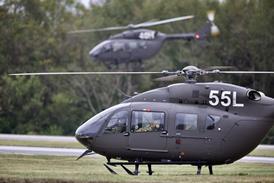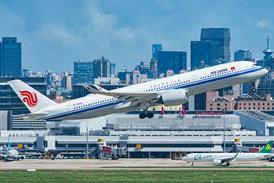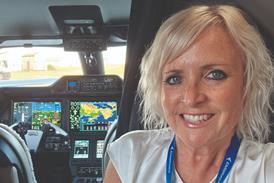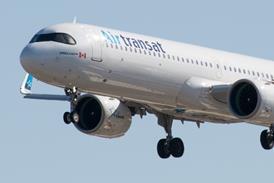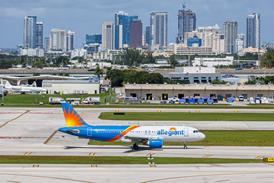Airline spending on in-flight entertainment (IFE) and communications is expected to exceed $2 billion this year, and to reach almost $3 billion by 2005 as airlines start to upgrade their in-flight service as they emerge from the downturn. But the estimates, by IFE consultancy Inflight Management Development Centre (IMDC), are still well below those forecast by some analysts before 11 September.
The slowdown in IFE expenditure had started even before the attacks, Wale Adepoju, IMDC director said at last week's Inflight Passenger Entertainment and Communications conference in London. Last year saw the first decline in IFE/communications spending, with $1.95 billion spent, primarily due to the slowing economy, says Adepoju.
Last year, of the 11,000 world airliner fleet, 4,600 had some IFE/communications onboard - 42% of the global fleet. Just under 2,000 aircraft were equipped with personal television units (17% of the global fleet).
IMDC predicts spending will rise to $2.4 billion in 2003, over $2.5 billion in 2004 and reach just under $3 billion the following year. Airlines traditionally spend more on IFE after a downturn as they seek to differentiate their product, says Adepoju. By 2011, IMDC expects 51% of all aircraft to have some form of IFE onboard.
IMDC's growth figures are also based on the assumption that broadband communications, such as Boeing's Connexion, will enter service.
Airlines suggest IFE/communication equipment suppliers need to work with them on business cases and passenger research to get the new technology on board. The US attacks and subsequent downturn has put "financial management into the ascendancy. We need to produce robust business cases such as we have not seen for four or five years," says Kevin George, senior manager cross brands at British Airways.
Source: Flight International

